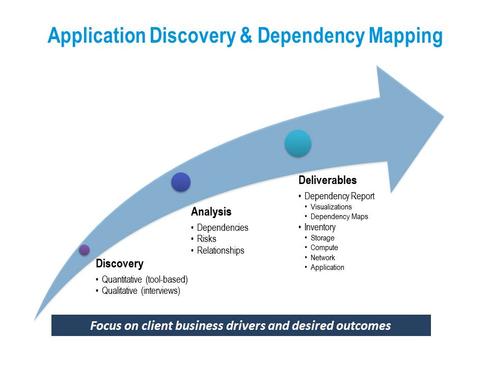Can one article tell you everything you need to move a data center? Maybe not, but extensive planning can substantially improve your odds. This aligns with one of my own "75/25" rules about data center relocation (DCR): Spend 75% of your time on discovery and planning and 25% on actual execution of the move.
There's a caveat, though. DCR success is not just about planning. It's about the detail and breadth of your plans. Here are some recommendations to keep in mind.
DCR methodology and leadership
A data center move is a costly, high-visibility, high-risk IT project. To avoid impacting your company's bottom line with unnecessary costs, downtime, and added confusion, you need to treat it as such. More than labeling equipment, scheduling application downtime, and technology refreshes, a successful DCR project includes:
- Following a detailed DCR methodology. This walks you through the details, deliverables, steps, and signoffs before, during, and after the actual move.
- Strong executive sponsorship. DCR requires an internal champion who can help the team surmount political, operational, or budgetary challenges.
- Getting the right people. Success requires a seasoned DCR project manager and a dedicated DCR team. DCR may also require backfilling or reassigning key infrastructure positions. It also involves connecting disparate teams together: application owners, infrastructure teams, external vendors, and end users.
DCR application planning
Given the myriad details surrounding physical hardware, cabling, and the new facility's floor and rack design, it can be easy to lose focus on another key to DCR success: planning the move from an application perspective. For the least impact to users, focus first on the applications in use, their application dependencies, and the surrounding environment that supports them.
DCR best practices on application planning include:
- Take time for application discovery. A large portion of your planning should surround application and environment discovery. This includes quantitative work (i.e., use of third-party discovery tools). It also includes significant qualitative work (i.e., interviews with application owners and end users). This will reveal many dependencies you need to consider.
- Identify and bundle. Your discovery work should unearth dependencies and relationships between applications, their underlying databases, and infrastructure elements. It's often best to bundle and move these interdependent elements together, especially if separating them risks unexpected downtime. Consider using a bundling algorithm that tracks and schedules these elements together.
Migration methods
In keeping with our application focus, you also need to devote time to evaluating and choosing the different methods to migrate your applications and data to the new data center. A number of migration methods can be used. Each has its own benefits and risks. Here are some of the most common methods:
- Virtual migrations. This is the least disruptive method, involving point-and-click migration of virtual servers already running in the environment. For many virtual server environments, this method may cover as much as 50% of the applications moved. With added optimization work on the virtual environment, this can grow to as much as 65% application coverage. (One caveat: This method works best in VMware hypervisor environments based on the Microsoft Windows or Linux operating system.)
- Pick up and ship. This is the most disruptive method. It involves shutting down, moving, and restarting the physical server(s) at the new data center. It is best suited for low-risk applications.
- Shut down and restore. This is another method that involves restoring the operating system on to new or repurposed hardware. It is well suited for physical servers and other (non-VMware-based) virtual server environments with longer downtime windows.
- Application failover. This method involves failing over the application database to the new data center. It is used as an adjunct to one of the other methods, since it does not involve moving the application servers themselves. This method uses an application-upgrade approach and benefits from minimal downtime.
The planning and discovery stage of your upcoming data center move doesn't need to be overwhelming. Stay on track with a clear DCR methodology and the best practices listed above. Each milestone and event on your roadmap can then develop naturally, with its own built-in checks and balances.









